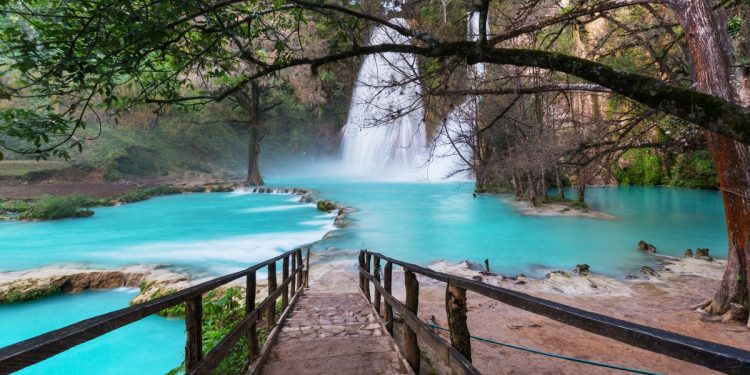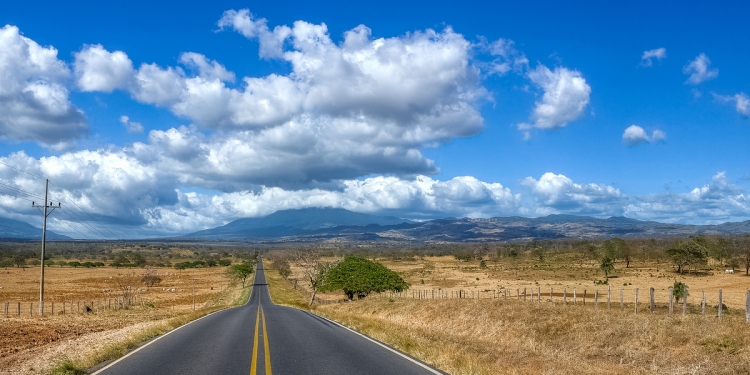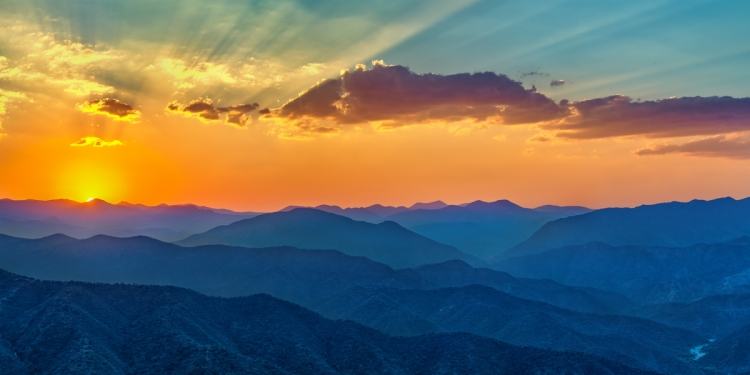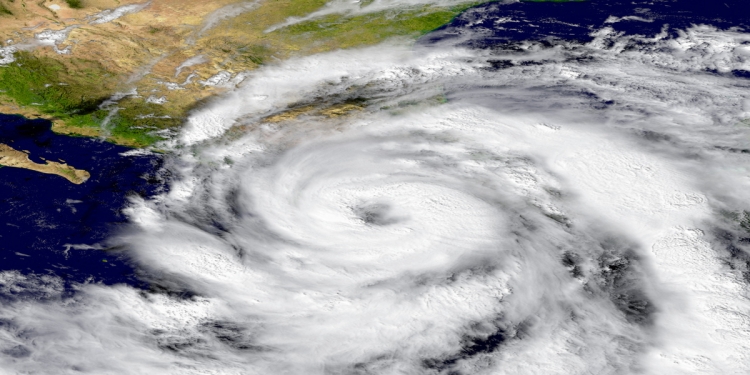The local climate and weather affect us every day of the year, and influences the way we live, work, and take time out for recreation.
It’s therefore prudent to research locations in Mexico that you are likely to feel comfortable living in year-round —or during the times of the year that you intend to spend in Mexico— as you shortlist potential places to live, work, or retire here.
Mexico is a vast land, and offers ample choices regarding climate types which are determined by a combination of the location’s latitude, elevation in relation to sea-level, as well as other regional topographical influences.
This article introduces you to Mexico’s principal climate zones and also shares tips and insights about how to adapt to Mexico’s seasons and climate.
Highland areas
Higher altitude areas, most notably the picturesque colonial cities that many foreign residents enjoy living in here, offer year-round temperate climates, although some can experience hot spells in the spring and summer months.
Some regions at high elevations can get cold or freeze overnight, especially in the late fall, winter, and early spring seasons. Mornings and evenings in these areas tend to be cool or cold; temperatures can collapse dramatically after sundown during the winter months. Fireplaces and wood-burning stoves can serve to take the edge off the cold.
Coastal plains
Coastal areas near sea-level tend to be hot and humid —sometimes uncomfortably so without air conditioning or a good airflow and ventilation— between April and October each year.
The low-lying coastal plains usually offer pleasantly warm climates between November and March, which is why so many retirees who overwinter in Mexico choose to live by the ocean.
The most pleasant (comfortably warm) weeks along the coasts are usually between mid-November and mid-February of the following year; by late February temperatures begin to rise substantially along the coastal plains.
Seasonal changes
Mexico has a rainy season and a dry season, and each one offers advantages and disadvantages.
Rain season storms, when they come, tend to be sharp, fierce, and happen in the late afternoon or overnight, leaving the air cooled and mornings fragrant and refreshed.
The Yucatán peninsula, parts of the Gulf of Mexico, the Pacific, as well as Baja California can be susceptible to hurricanes, that occur mostly between July and October.
Further insights about climate and weather in Mexico
Learn about Mexico’s three climate zones
Discover Mexico though the seasons of the year
Learn about the rainy season, the dry season, and the hurricane season
Enjoying Mexico’s extraordinary light and long daylight hours
Discover Mexico’s climates throughout the seasons
Latest articles about climate and weather in Mexico
Adapting to Mexico’s seasons and weather
Regardless of where you live in Mexico, it will take some time to adapt to the local climate, weather and seasons as they change throughout the year. This section describes key aspects of Mexico’s climate and environment and connects you to extensive insights for further reading here on Mexperience.
Mexico’s climate and topography
Mexico is a vast land with varying climates by location, and those climates are influenced by a location’s latitude and the regional topography. If you choose to live in the mountain highlands you’ll experience temperate year-climates (some places can get quite cool or cold in the winter months); if you choose to live along the coastal plains, winters will usually be pleasantly warm, and summers hot and humid.
Further insights about climate and topography in Mexico
Learning to live at higher elevations
If you’re shortlisting any colonial cities, or places to live in the highlands (including Mexico City and Guadalajara) we recommend that you consider how you will cope living at elevation; most people can adjust easily to living in thinner air, but you ought to keep this in mind if you’re moving from a low-elevation area to living a mile or more up on a mountain.
Further insights about living at elevation in Mexico
Breathing easy in places situated at high elevation
Why 7,000 feet can’t deliver a free lunch (cooking at elevation)
Coping with the heat and humidity
If you’re shortlisting coastal towns and cities and areas along the coastal plains, including the Yucatán region of Mexico, consider how you may cope in climates with high heat and high humidity.
November through to early April can be gloriously warm and comfortable in low-lying areas; however, spring and summer can be swelteringly hot, and humid.
Further insight about coastal living in Mexico
Mexico through the seasons
Mexperience helps you to discover Mexico’s weather and climates by region and location throughout the four seasons.
Mexico’s privileged location in relation to the equator, the length of daytime and darkness have a good equilibrium and the quality of the light in Mexico is extraordinary, too.
Further insights about seasons in Mexico
Mexico’s rainy and dry seasons
Mexico’s rainy season begins in May or June each year and gives way to the dry season in October or November. Regions affected by this cycle experience dramatic changes to the landscape; both the wet and dry seasons offer charms, and challenges.
Further insights about the rainy and dry seasons
Articles about Mexico’s rainy season
Windstorms and the hurricane season
Windstorms in Mexico can be mystical and affect all regions regardless of topography and elevation.
The hurricane season tends to affect coastal areas the most, although strong hurricanes can drive heavy rains inland, too, causing local flooding and hazardous driving conditions on mountainous roads.
Discover Mexico’s weather and climates
Mexperience helps you to discover Mexico’s diverse topography and climate as you make your lifestyle and leisure plans:
- Learn about how Mexico is a land of three lands
- Discover Mexico’s climate through the seasons
- The rain season begins in May/June and yields to the dry season in October/November
- Check individual travel guides here on Mexperience for climate by location.
- You can get full details about the weather by region and season on our guide to climate in Mexico.
- Browse the latest articles about climate and weather in Mexico
Mexico in your inbox
Our free newsletter about Mexico brings you a monthly round-up of recently published stories and opportunities, as well as gems from our archives.










